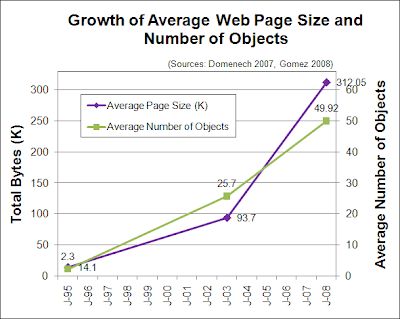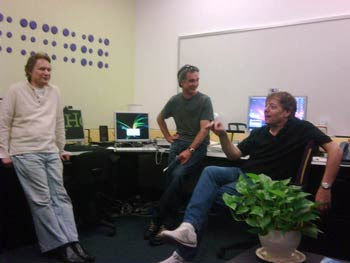Wanted (all in U.S.):
- Visual information designer with WCAG skills in Princeton, NJ.
- Architect Manager – Accessibility Specialist at Modis in NYC.
- Accessibility Specialist in San Francisco, CA.
- Human Computer Interaction Developer with JAWS experience in Fairfax, VA.
- Coordinator of Academic Accessibility at University of Virginia in Charlottesville, VA.
- Accessibility Engineer at Oracle in Nashua or Burlington, MA.
- Section 508 Web Compliance/Web Accessibility Analyst at Turas Group in Roanoke, Virginia.
- Accessibility Consultant and Tester at IBM.
- Web Accessibility Advisor (Section 508 Specialist) at BCBS-NC in Durham, NC.
- iOS Software Accessibility Engineer at Apple in Santa Clara, CA.
- Front-End Engineer, Accessibility at Yahoo in Sunnyvale, CA.
- Added July 30: Information Accessibility Specialist for State of Minnesota in St. Paul, MN.
- Added July 31: Accessibility Specialist for Instructional Web Content at Michigan State University in East Lansing, MI.
- Added July 31: Accessibility Specialist in Wilmington, DE.
- Added Aug 2: CEO for IAAP! Chief Executive Officer, International Association of Accessibility Professionals
To learn of new positions, remember to follow me (@webaxe), @accessible_jobs and @a11yJobs on Twitter!


